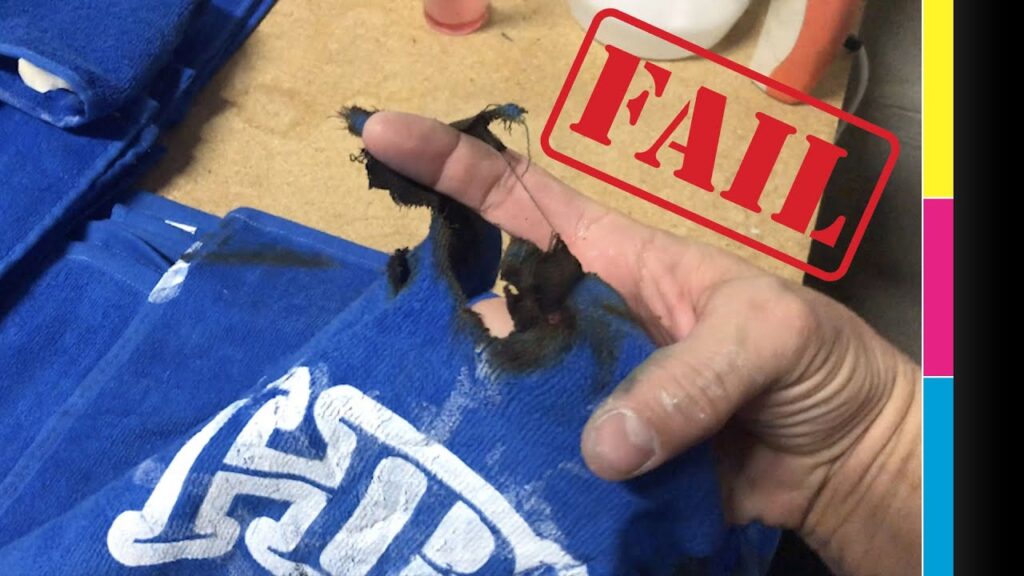Our phones wake us up, map the route to work, and hold cherished photos from last weekend’s match. Because they handle so many tasks, they have also become tempting targets for scams and snooping. Good news: protecting a handset no longer means spending hours in obscure menus. A few clear-headed routines will block most threats before they start.
If you ever wonder what a well-structured safety workflow looks like in practice, take a quick look at the parimatch login download instructions. That walkthrough highlights how an installer can combine clear permission prompts, a short verification step, and automatic updates without drowning users in jargon. The same common-sense approach applies to every reputable app, whether it tracks workouts or manages event tickets.
Why Small Gaps Still Matter
Cyber-attacks rarely arrive as dramatic pop-ups. They drift in through everyday oversights: a rushed tap on an unfamiliar link, a password recycled out of habit, or a friend’s public Wi-Fi hotspot that isn’t as private as it seems. Attackers bank on routine. They hope we’re distracted while waiting for the bus or multitasking during a late game. Tightening a few settings today means those casual probes run into walls tomorrow.
Before exploring practical tweaks, it helps to see how common login methods compare for user effort and protection level:
| Login Method | First-Time Steps | Day-to-Day Ease | Protective Depth |
| Traditional password | Type address, pick phrase | Browser autofill | Weak if reused |
| One-time text code | Enter phone number, read SMS | Auto-reads on many devices | Stops most automated attacks |
| Biometric scan | Register face or finger | Tap sensor to open | Strong for physical theft |
Even the quickest option benefits from a second hurdle—such as a short text code — when money transfers or private chats are on the line.
Update Early, Update Light
Modern operating systems push monthly patches that close newly discovered loopholes. Skipping them leaves doors ajar. Schedule updates for moments you’re connected to Wi-Fi; the process finishes faster and conserves mobile data for later highlight videos. Many apps also offer slim “delta” patches that replace only the changed pieces of code. They rarely exceed a few dozen megabytes and can be installed in minutes.
Permissions With Purpose
During the first launch, some apps ask to see contacts, photos, or microphone access. Pause and ask yourself whether the feature set truly needs that window. A weather widget hardly requires the address book. Luckily, both Android and iOS allow you to tap “Allow this time only” or “Ask next time.” Choosing the short-term option preserves functionality for the moment and prompts a second look if that permission arises again.
Mindful Wi-Fi and Bluetooth Use
Open networks, such as cafés, stadium concourses, and hotel lobbies, are helpful but noisy. Anyone nearby with the right tool can try to read unencrypted traffic. A simple rule keeps you safe: treat public Wi-Fi as read-only. Scroll scores, watch clips, and browse articles, but wait until you have a secure connection to send passwords or bank details. If a payment absolutely cannot wait, toggle on a reputable VPN first or switch to mobile data for that minute.
The same caution applies to Bluetooth. Leave it on only while pairing headphones or a fitness tracker. Turning it off afterward stops drive-by pairing attempts that can siphon notifications or contacts without a single alert.
Back Up — Then Pretend the Phone Was Lost
Nobody likes imagining a phone sliding between couch cushions or disappearing from a gym bag, yet rehearsing that scenario once makes recovery smooth if it happens. Enable automatic cloud backups for photos and chat history. Then open the “Find My Device” (Android) or “Find My iPhone” settings and note how to trigger a remote lock or wipe. That dry run takes five minutes and prevents panic later.
One Small Checklist Keeps Troubles Away
Text continues here before the brief list.
- Review app permissions monthly and revoke any that you no longer use.
- Enable two-factor login on accounts tied to money or private files.
- Use a biometrics-protected notes app to store recovery codes instead of taking screenshots and saving them in the gallery.
Even three habits can create a significant gap between casual scrolling and careless exposure.
Text continues here after the brief list.
The Human Factor
Tech safeguards carry real value, yet social habits seal the deal. Avoid posting your trip dates publicly until you return; an empty apartment is easier to locate than you might think. Be cautious when sharing screenshots — friendly group chats may travel well beyond their original audience. And if an unexpected “urgent” message arrives from a pal requesting money, call them. A sixty-second voice check-outs scammers who rely on text-only impersonation.
Looking Ahead
Faster networks and smarter chips promise richer features, including live player telemetry during matches and seamless translation in fan forums, but they also raise the stakes. Every new capability presents a fresh attack surface. Sticking to tidy, proven routines, verified downloads, frequent patches, and thoughtful permissions lets you enjoy innovation without absorbing extra risk.
Final Whistle
Phone security is less about complex software and more about everyday discipline. Download from sources that clearly outline permissions upfront, keep the system up to date with patches, and treat unknown links with healthy skepticism. Do that, and your handset remains the handy assistant it was meant to be — guiding you through busy days, thrilling fixtures, and everything in between, while threats bounce harmlessly away.



